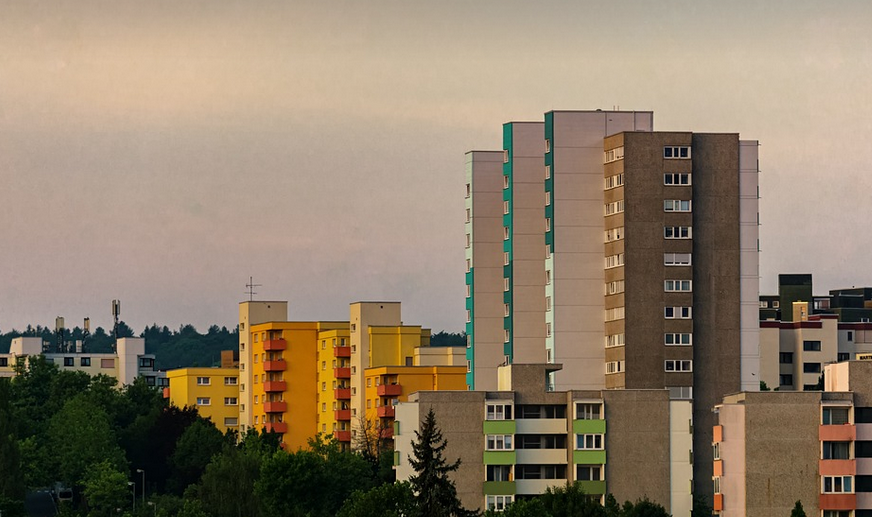The Problem with Traditional Asphalt
Imagine driving down a road that can repair itself—sounds pretty cool, right? Well, thanks to research and innovation spearheaded by Erik Schlangen, this dream isn’t just a fantasy anymore. Self-healing asphalt is no longer just a futuristic concept; it’s a real and viable solution for the world’s ever-growing infrastructure needs.
Traditional asphalt, while durable and cost-effective in the short term, ultimately faces several challenges. Weather plays havoc with its performance, leading to cracking, potholes, and other structural damage over time. The harsh realities of changing climates, from scorching summers to freezing winters, put immense strain on asphalt’s integrity.
Think about it: every time a pothole appears or a crack develops due to temperature fluctuations or traffic wear and tear, repair costs rise. These expenses add up, especially when dealing with vast road networks around the world. Moreover, traditional maintenance requires extensive effort—from digging and resurfacing to applying heavy-duty sealants.
Enter Self-Healing Asphalt
Erik Schlangen’s self-healing asphalt emerges as a game-changer in this field. Using innovative materials like polymers and microcapsules, the technology is designed to mend itself when exposed to environmental stressors. Imagine a road that can automatically repair minor cracks or potholes, preventing them from becoming larger issues. The technology is built on a series of impressive principles:
- Microscopic Repair Agents: These tiny capsules are dispersed throughout the asphalt’s structure. They contain molecules that bond with damaged areas, essentially “healing” the road.
- Microstructural Strengthening: This innovative approach involves incorporating special polymers into the asphalt mixture. These polymers act as a network of fibers that strengthen the asphalt’s structure and make it more resistant to damage.
The self-healing process is triggered by environmental factors like temperature changes, moisture, or even minor impacts from vehicles. When stresses occur, the capsules containing repair agents are activated. These agents start to interact with damaged areas, mending them from within, and essentially sealing the cracks before they have a chance to worsen.
Benefits of Self-Healing Asphalt
The benefits of this revolutionary asphalt technology are far-reaching and potentially life-changing.
The self-healing properties directly contribute to road longevity. Roads using this innovative technology stand to last longer, requiring fewer repairs and replacements, saving both time and money for governments and private entities.
Here’s a closer look at some amazing advantages:
- Cost Savings: Self-healing asphalt eliminates the need for constant repair efforts. This translates to significant cost savings in the long run, significantly impacting both public and private investments.
- Increased Road Life Expectancy: These roads are built to last, as damage from normal wear and tear is minimized. As a result, road networks experience reduced maintenance demands, ultimately extending their lifespan.
- Improved Safety: Roads with self-healing asphalt offer smoother driving experiences. Reduced potholes and cracks ensure safer journeys for drivers and pedestrians alike.
- Enhanced Sustainability: The reduced need for frequent repairs translates to less waste generated by removing damaged portions of the asphalt. This helps reduce environmental impact and promotes sustainable construction practices.
Erik Schlangen’s self-healing technology is not just about longevity; it’s about creating a more resilient, efficient, and environmentally conscious future for our roads.
The Future of Self-Healing Asphalt
As the world continues to grapple with environmental challenges and infrastructure needs, self-healing asphalt emerges as a powerful solution. It promises to revolutionize the way we think about road construction, maintenance, and sustainability.
We are on the verge of witnessing widespread adoption of this technology. Here’s why:
- Innovation in Research: Ongoing research will explore new applications for self-healing asphalt, leading to even more innovative solutions and enhanced benefits.
- Collaboration with Industry and Government: Partnerships between research institutions, private companies, and governments are crucial to driving the industry forward.
From urban roads to highways, from rural communities to industrial areas, self-healing asphalt has the potential to transform our world. It’s a vision of infrastructure that adapts, renews, and thrives in an ever-evolving landscape.
The future of road construction is changing, and Erik Schlangen’s self-healing technology is at the forefront of this revolution.
